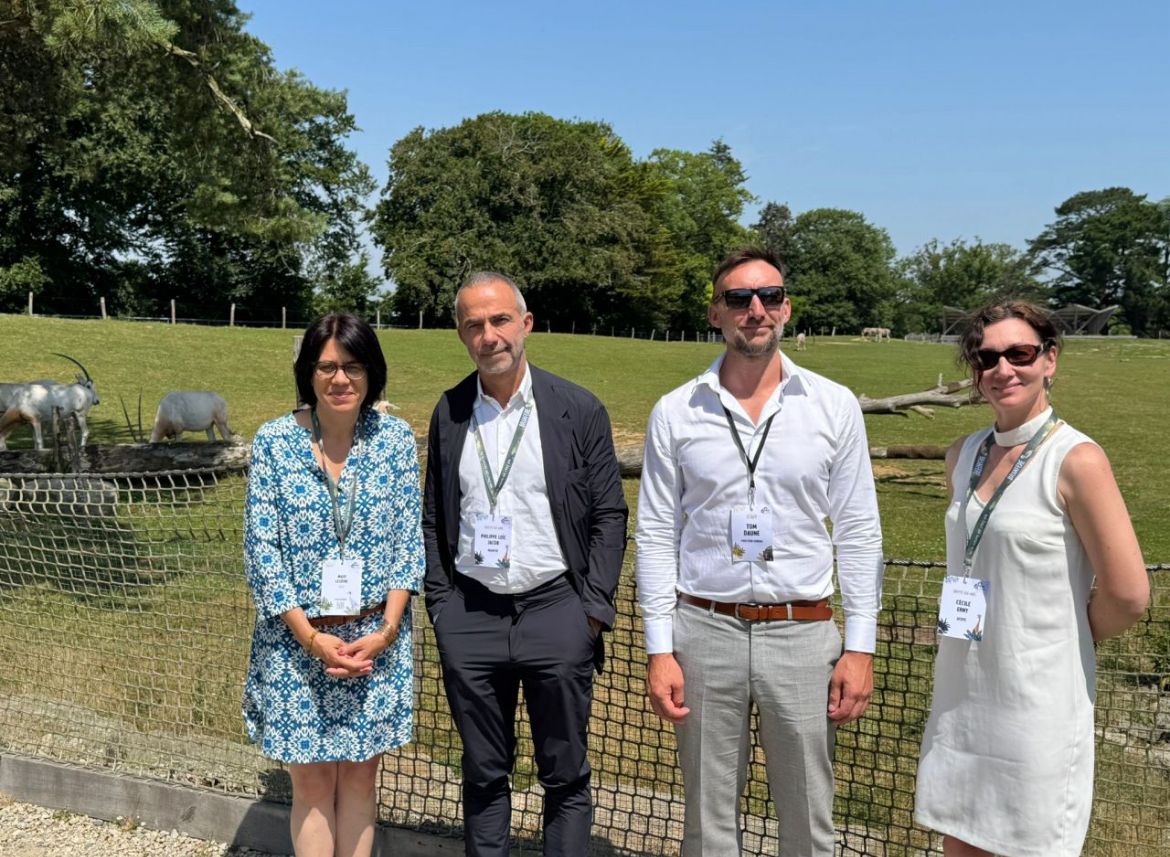I recently had the pleasure of participating in the scientific symposiums organized at the Branféré Animal and Botanical Park, a unique place of its kind as it is the only French park owned by a recognized public interest foundation, having been bequeathed to the Fondation de France in the late 1980s.
This event, organized around two key themes, brought together researchers, scientists, NGOs, and stakeholders committed to biodiversity. During these meetings, we had lengthy discussions on a subject that is as essential as it is worrying: the increasingly frequent questioning of the reality of biodiversity collapse.
While climate skeptics are well known, we now also have to contend with “biodiversity skeptics,” “decline skeptics,” and other relativists who minimize or dispute established scientific data.
Yet the facts are there, indisputable: according to the IUCN, 41% of amphibians, 27% of mammals, and 12% of birds studied worldwide are now threatened. These figures are not a matter of opinion, but of rigorous analysis.
That is why we need sound scientific benchmarks more than ever. We must maintain red lists to identify endangered species, continue to define clear standards to effectively protect natural areas, and rely on accurate data to guide policy decisions and actions in the field.
Because without knowledge, there can be no effective action, and in the face of urgency, there is no room for doubt.

Comments are closed